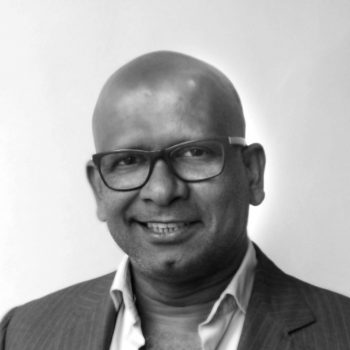Heini Lehtinen at Raven & Wood:

The Dialogue Advisory Group, which works in conflict areas such as the Democratic Republic of the Congo, Libya, Iraq and Basque Country, facilitates political dialogue to reduce violence. In an interview, Ram Manikkalingam illustrates the locations, spaces and the contexts of the peace dialogues in his own work, and reflects on the potential impact of the chosen locations and spaces on the negotiations.
Dialogue Advisory Group works on several conflicts in very different political, cultural and geographical settings around the world. What kinds of places and spaces are usually used for peace negotiations?
Generally, I would use the word ‘dialogues.’ We are starting conversations, not negotiations.
We differentiate ourselves from official facilitators, as it is easier for us to move and meet people discreetly. We work in places in-between governments, armed groups and international organisations. The dialogues can be organised in a fancy hotel, a bar, or a café, or in a discreet or secret place. It depends on the context in which we are meeting people.
For the first meeting, we like to meet people where they are based to make them comfortable and build trust. For example, in Libya, we went and met with armed groups in their homes and bases, when others would not travel there.
More here.
